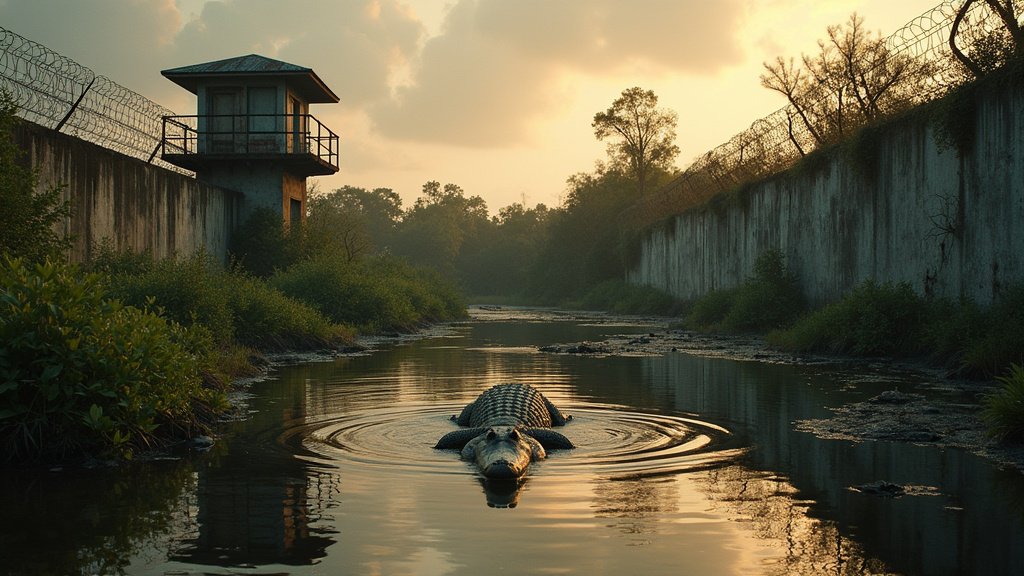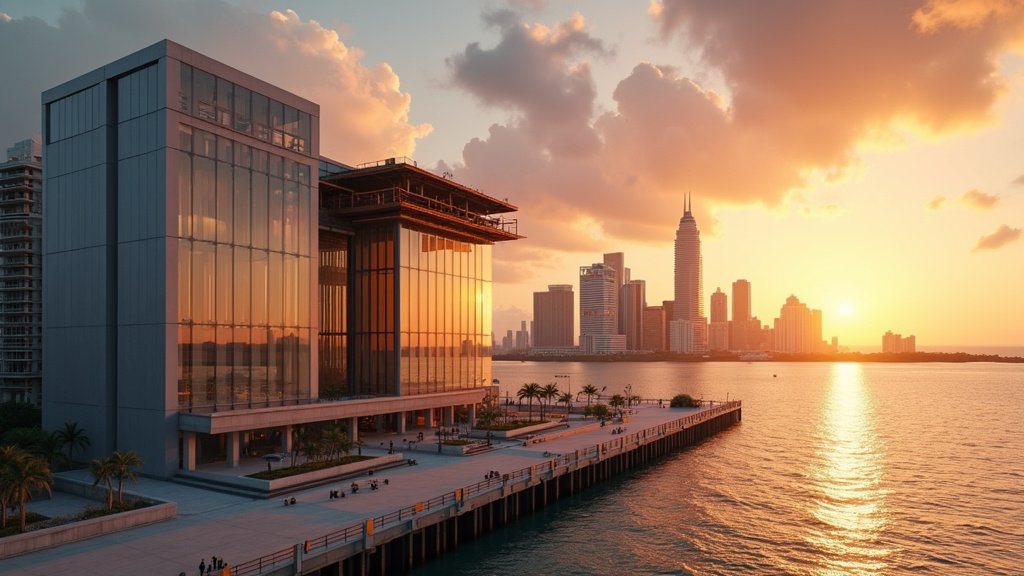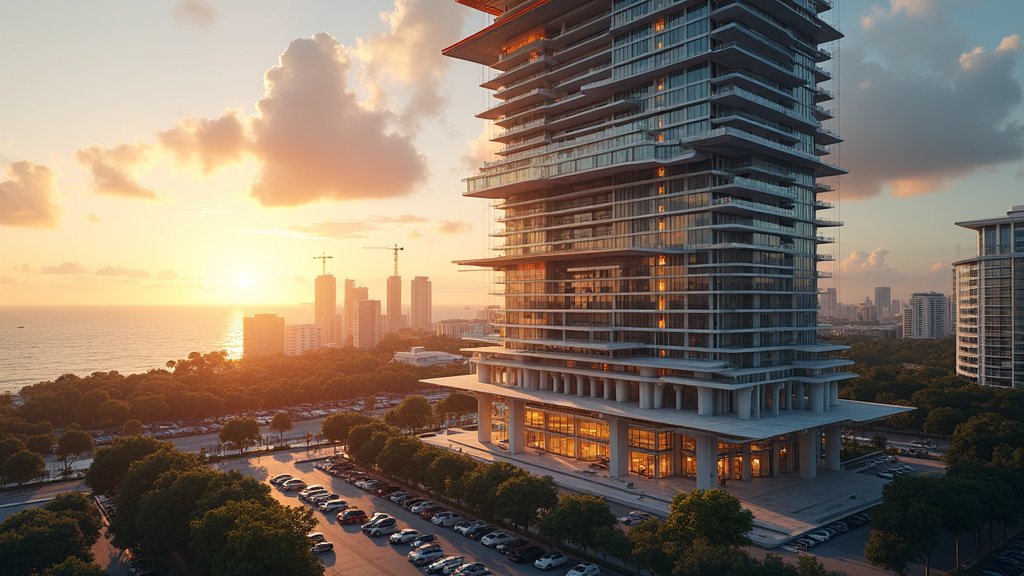Federal Judge Orders ‘Alligator Alcatraz’ Detention Center Closure, Citing Environmental Harm and Lack of Oversight
AIn a landmark decision shaping the future of immigration detention and environmental protection in Florida, a federal judge has ordered the controversial detention facility widely known as ‘Alligator Alcatraz’ to wind down operations within the next 60 days. U.S. District Judge Kathleen Williams, presiding over the Southern District of Florida, issued a preliminary injunction this past week, ruling that the hastily constructed camp in the Everglades was built without the required environmental reviews and posed irreparable damage to the sensitive ecosystem. [2, 3, 7, 10, 16]
The ruling marks a significant victory for a coalition of environmental groups and the Miccosukee Tribe of Indians of Florida, who brought the lawsuit against state and federal authorities. Among the legal team representing the successful plaintiffs is attorney Taina Galloni, who played a crucial role in securing the decision. [15]
The Rise of ‘Alligator Alcatraz’: A Snapshot of Controversy
Dubbed ‘Alligator Alcatraz’ by some Republican lawmakers, the facility officially located at the Dade-Collier Training and Transition facility in the heart of the Florida Everglades, emerged rapidly onto the scene in late June and early July 2025. [5, 6, 10, 12, 16] Its construction, reportedly completed in a mere eight days on a disused airfield within the Big Cypress National Preserve, was intended to serve as a key component of the Trump administration’s aggressive mass deportation campaign, designed to house thousands of undocumented migrants. [2, 3, 4, 6, 9, 11, 12, 16, 18] The name itself, referencing the notorious San Francisco prison and the region’s dangerous wildlife, was even touted by state officials as a deterrent to escape, painting the Everglades as a formidable, unwelcoming landscape. [4, 10, 12]
The facility quickly became a flashpoint, drawing immediate and intense criticism from human rights advocates, environmentalists, and Indigenous communities. Designed to eventually hold up to 3,000 detainees in temporary tent structures, the camp reportedly housed around 1,400 individuals at its peak in late July, a number that had significantly decreased to below 400 by mid-August following earlier temporary restraining orders. [5, 11, 16]
Environmental Negligence at the Core
The crux of the legal challenge and Judge Williams’ ruling centered on the glaring absence of proper environmental review. Plaintiffs, including Friends of the Everglades and the Center for Biological Diversity, argued that the state and federal governments bypassed critical federal laws, including the National Environmental Policy Act (NEPA) and the Endangered Species Act. [2, 3, 7, 8, 12, 16, 17] These laws mandate comprehensive environmental impact statements for major federal actions, a process entirely disregarded during the rapid construction of ‘Alligator Alcatraz’. [2, 17]
In her extensive 82-page ruling, Judge Williams unequivocally stated that there were “no deficiencies” in the agency’s process, but rather, “there was no process” at all. [17] She highlighted that the state failed to consult with any stakeholders or experts and conducted no evaluation of environmental risks or alternatives. [17] The court found compelling evidence that the facility’s operations were causing severe and “irreparable damage” to the delicate Everglades ecosystem, a UNESCO World Heritage Site, and imperiling federally protected species such as the Florida panther and bonneted bat. [7, 10, 11, 16, 18] The judge underscored a long history of bipartisan political support for Everglades conservation, noting that her order simply upholds existing legislation designed to fulfill those promises. [10, 16]
Furthermore, the judge rejected the state’s argument that the facility was solely a state-run site, thus exempt from federal environmental regulations. Judge Williams determined that the project was a joint state-federal endeavor, requested by the federal government, built with the promise of federal funding, constructed to ICE standards, and staffed by deputized ICE Task Force Officers. This federal involvement, she ruled, rendered it subject to federal environmental laws. [2, 8, 12]
Inside the Controversial Walls: Allegations of Inhumane Conditions
Beyond the environmental concerns, ‘Alligator Alcatraz’ also faced widespread condemnation for the reported conditions within its walls. Accounts from detainees and advocacy groups depicted an environment of “inhumane and torturous conditions.” [4, 6, 16] Reports detailed overcrowding, inadequate hygiene, and insufficient medical care. [6] Detainees described windowless cells under constant fluorescent lighting, likening them to “chicken coops,” with no natural light or clocks to mark the passage of time. [6] Allegations of abuse by guards and serious concerns regarding access to legal counsel for detainees, who reportedly struggled to see judges or request bail, further fueled the controversy. [4, 6, 8, 16]
The Judicial Mandate and Government Response
Judge Williams’ preliminary injunction outlined clear directives for the wind-down of ‘Alligator Alcatraz’:
* Halt New Detainees: State and federal authorities are prohibited from transporting any new detainees to the facility. [2, 3, 5, 7, 8, 11, 13, 16, 17, 18]
* Stop New Construction: All new construction activities at the site must cease immediately. [3, 7, 8, 13, 16, 17]
* Dismantle Infrastructure: Within 60 days, and as the detainee population is safely reduced, existing fencing, lighting, generators, gas, sewage, and other waste receptacles—essential infrastructure that converted the airstrip into a detention center—must be removed, rendering the site largely uninhabitable as a detention camp. [2, 3, 5, 7, 8, 11, 13, 16] However, existing housing and detention facilities may remain, and modifications for safety or environmental mitigation are permitted. [2, 5, 13]
Florida Governor Ron DeSantis’s administration swiftly responded to the ruling with an immediate notice of appeal to the U.S. Court of Appeals for the Eleventh Circuit. [5, 8, 11, 12, 15, 17] Governor DeSantis publicly denounced Judge Williams as an “activist judge” and dismissed the ruling as anticipated, vowing that deportation efforts would continue unabated. [2, 13, 17] In anticipation of a potential adverse ruling, the state had already announced plans for a new, second state-run immigration detention facility. This new site, dubbed ‘Deportation Depot’, is slated for the Baker Correctional Institution near Jacksonville and is designed to house approximately 2,000 inmates, signaling Florida’s intent to double down on state-led immigration enforcement. [2, 4, 5, 11, 18]
Broader Implications and the Path Forward
The judicial order to close ‘Alligator Alcatraz’ is a powerful reminder of the intersection between human rights, environmental stewardship, and governmental accountability. It highlights the legal imperative for thorough environmental assessments, even in matters deemed urgent by political agendas. The case also brings into sharp focus the ongoing national debate surrounding immigration detention policies and the contentious roles of state and federal governments in their implementation.
As the 60-day window for winding down operations begins, the future of the Everglades site as a detention facility appears dim, at least in its current form. However, the state of Florida’s immediate appeal and its plans for ‘Deportation Depot’ indicate that the broader battle over immigration enforcement and detention practices in the state is far from over. The decision on ‘Alligator Alcatraz’ may serve as a critical precedent, compelling authorities nationwide to adhere more strictly to environmental and humanitarian standards when establishing or operating such facilities.





